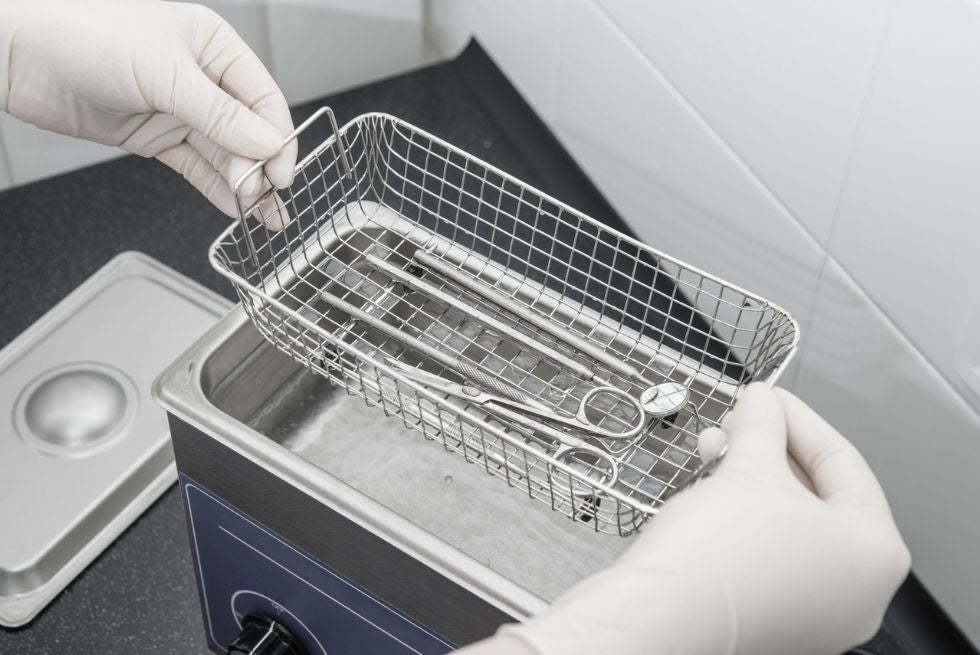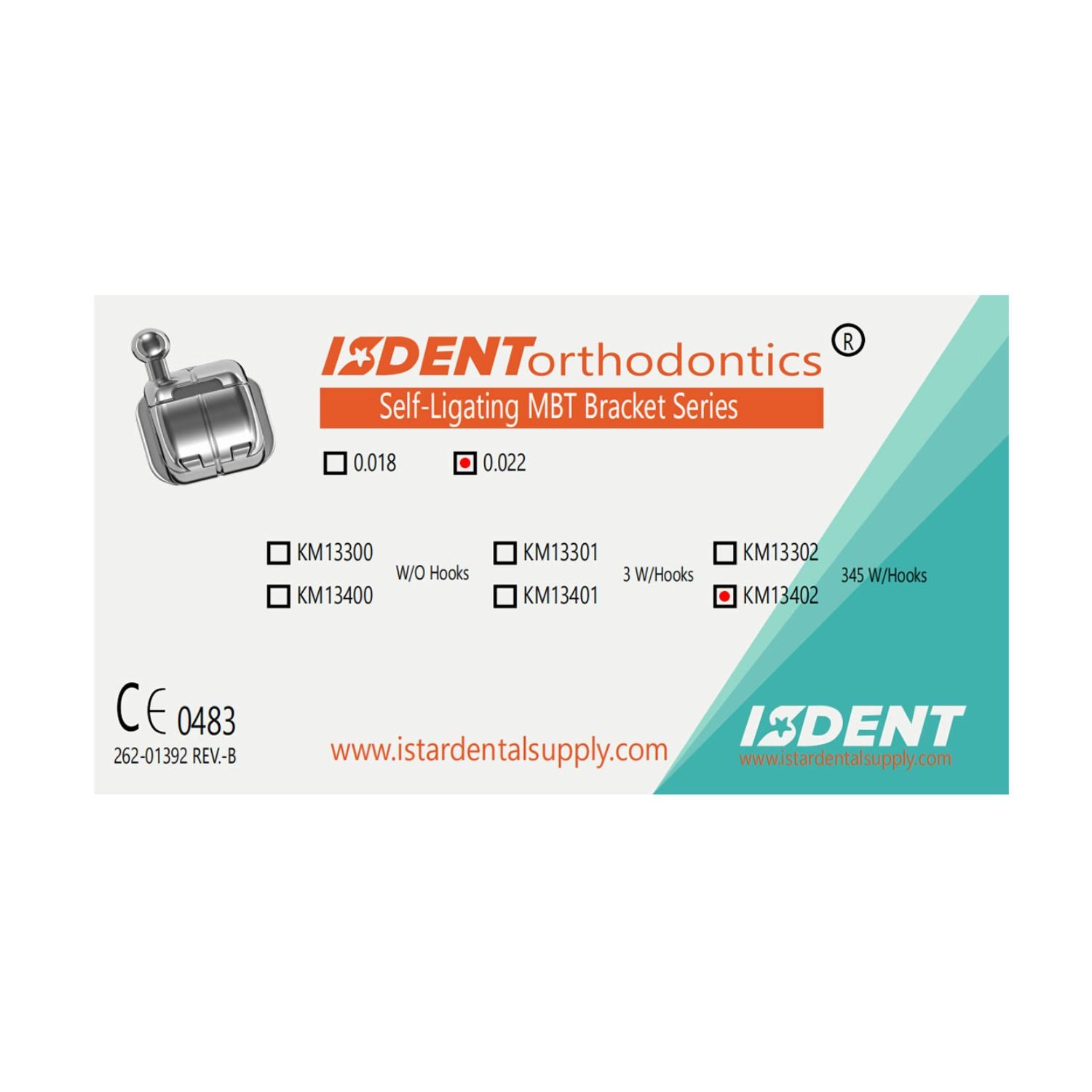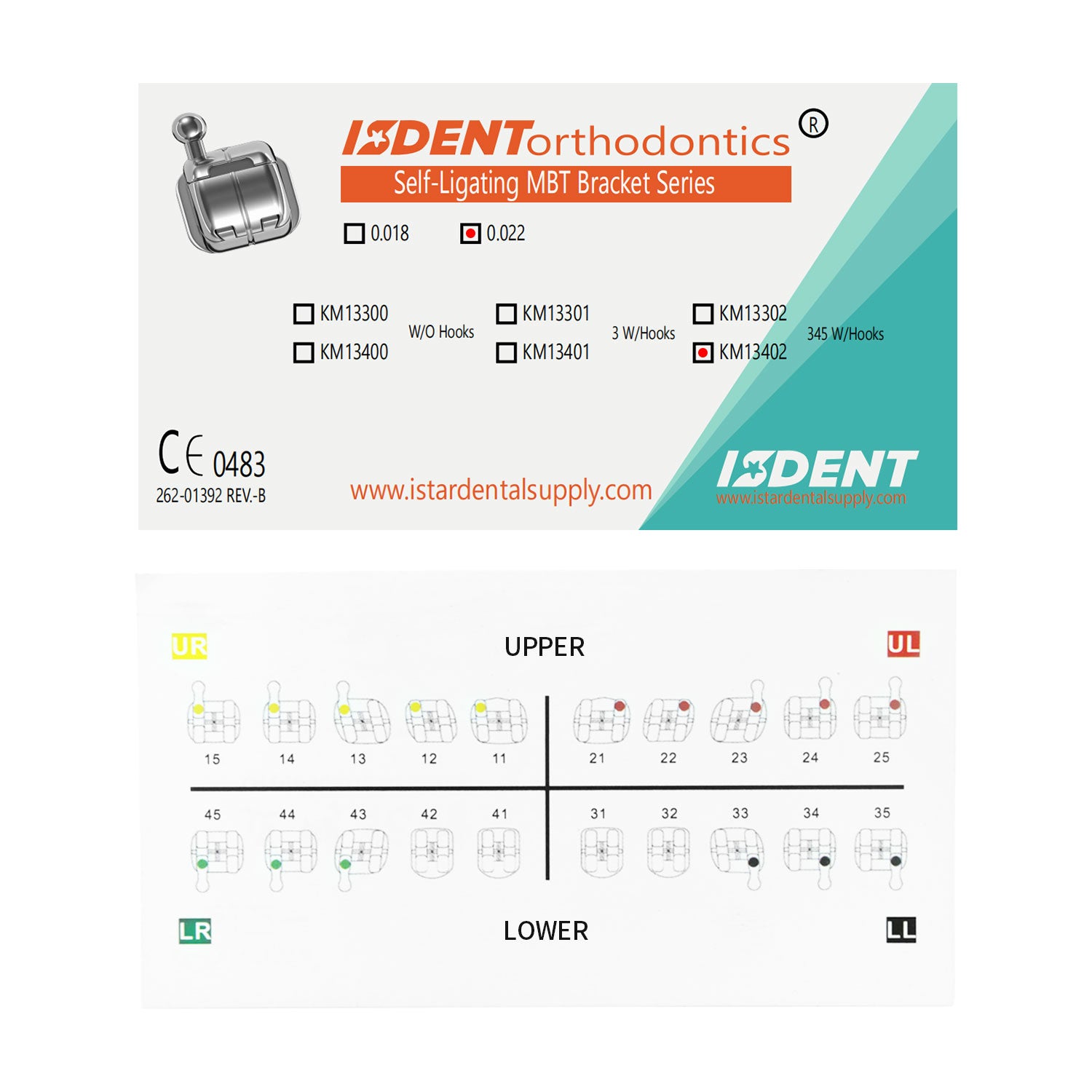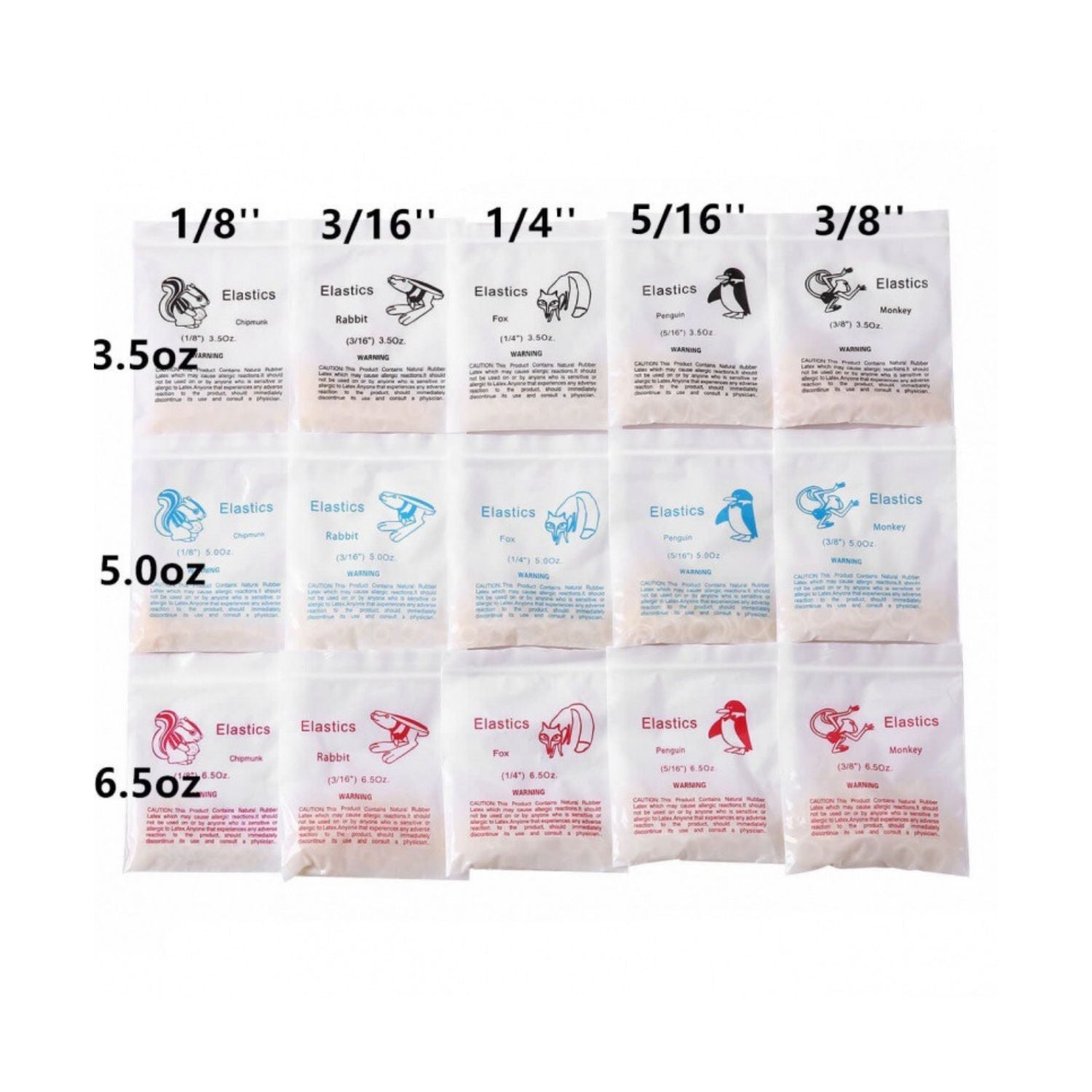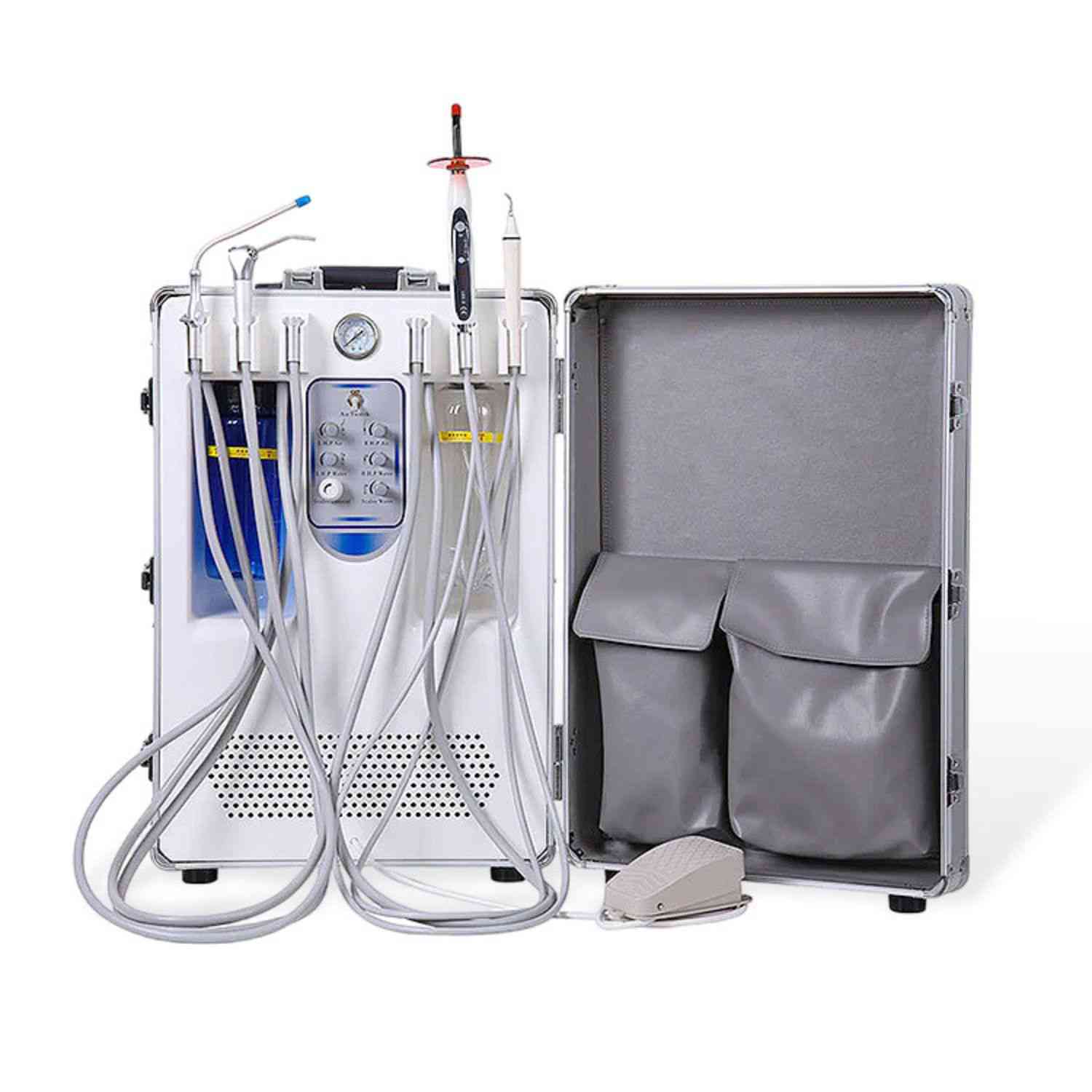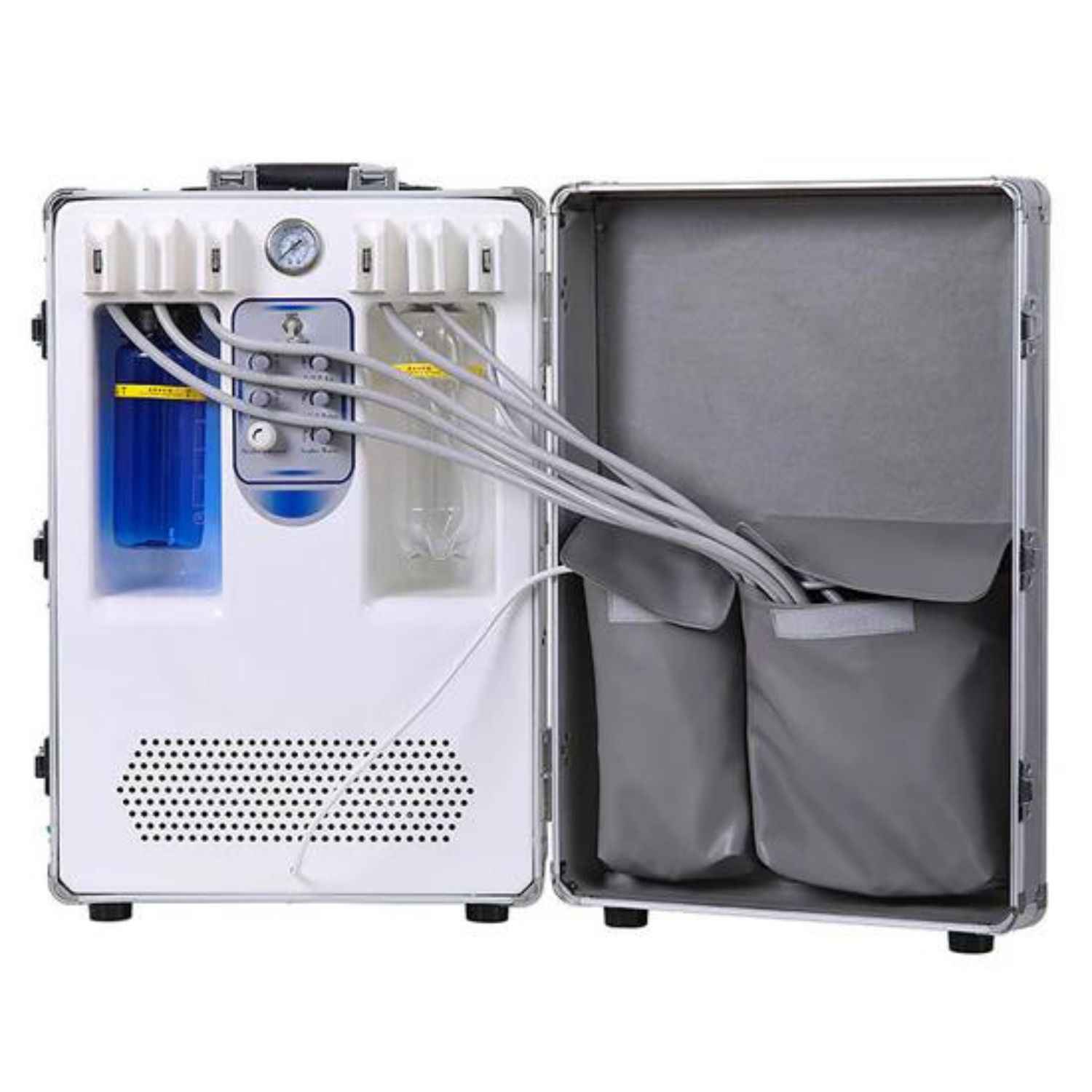Proper sterilization of dental instruments is crucial to prevent infections and ensure patient safety. In this article, we outline a six-step process to sterilize dental instruments effectively.
Pre-Cleaning
Before sterilization, dental instruments must undergo a pre-cleaning process. This step involves the removal of visible debris, such as blood and tissue, from the instruments.
Pre-cleaning can be done manually with brushes or using ultrasonic cleaner dental that use high-frequency sound waves to dislodge contaminants. The aim is to ensure that all instruments are free from gross debris before moving on to the next steps.
Cleaning
The cleaning phase involves the thorough washing of instruments to remove any remaining contaminants. This can be done manually or with automated washers.
Enzymatic cleaners are often used in this process as they effectively break down organic material. It is essential to use appropriate detergents and follow the manufacturer's instructions to avoid damaging the instruments.

Rinsing and Drying
After cleaning, instruments must be rinsed to remove any residual detergents or cleaning agents. It is crucial to use distilled or deionized water for rinsing to prevent mineral deposits from forming on the instruments.
Following rinsing, instruments should be dried thoroughly to prevent rusting or corrosion. This can be done with lint-free towels, compressed air, or automated drying equipment.
Inspection and Packaging
Once dry, each instrument should be inspected for any remaining debris, damage, or corrosion. Proper inspection ensures that only clean and functional instruments proceed to the sterilization phase.
After inspection, instruments are packaged in specialized sterilization pouches or wraps. Packaging is vital to maintain sterility until the instruments are used.
The packaging should be labeled with the date and type of sterilization to ensure proper tracking.
Sterilization
The sterilization process eliminates all forms of microbial life, including bacteria, viruses, and spores. Various methods are available, including steam sterilization (autoclaving), dry heat sterilization, and chemical vapor sterilization.
Autoclaving is the most commonly used method, as it is effective and efficient. It involves using steam under pressure to achieve high temperatures, killing all microorganisms. This method uses autoclave dental.

Storage and Monitoring
After sterilization, instruments must be stored properly to maintain their sterility. They should be kept in a clean, dry environment, away from contamination sources.
It's essential to implement a monitoring system to ensure the sterilization process was effective. This can include using biological indicators, chemical indicators, and mechanical indicators to verify the sterilization process.
Conclusion
Dental instrument sterilization is a meticulous process that ensures the safety and well-being of patients.
By following these six steps—pre-cleaning, cleaning, rinsing and drying, inspection and packaging, sterilization, and storage and monitoring—dental professionals can maintain a sterile environment and prevent the spread of infections.
Proper sterilization protocols are essential for delivering safe and effective dental care.

